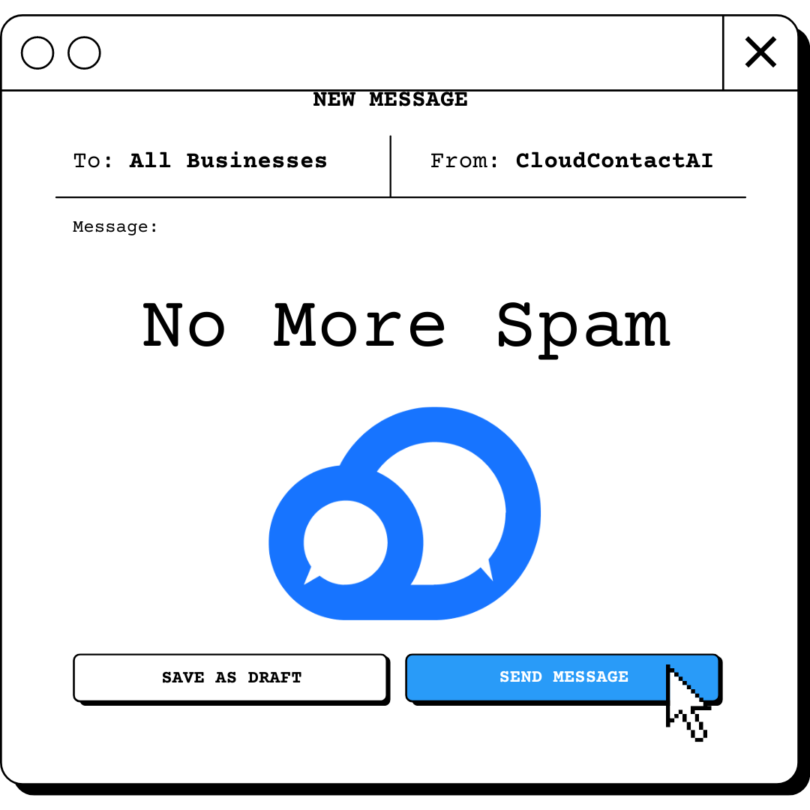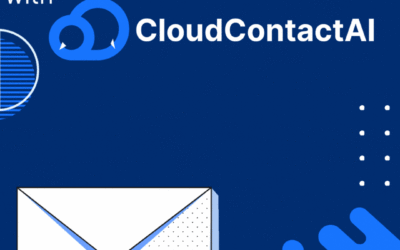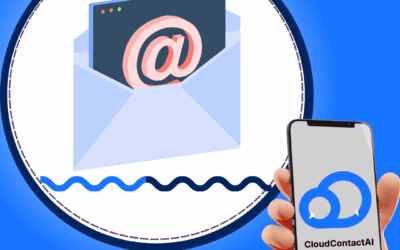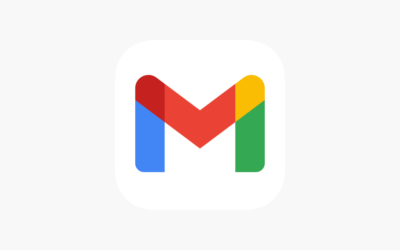Why are My Emails being Marked as Spam?
Before diving into DKIM, we need to take a quick look at spam and what it is.
Email is a vital communication tool for individuals and businesses, but unfortunately, it is also a breeding ground for spam. Spam emails are unwanted messages that flood our inboxes, often for advertising or phishing purposes. Spam emails can be irritating, time-consuming, and potentially harmful, as they may contain malware, phishing links, or other security threats. To combat spam, email providers have developed various spam filters and authentication methods, including DomainKeys Identified Mail (DKIM).
Unfortunately, many marketers find that their emails land in spam due to these filters that email providers create.
In this blog post, we will explore DKIM in terms of spam emails, how it works, and why it is essential in preventing spam.
What is DKIM?
DKIM is an email authentication method that verifies the authenticity of an email message by adding a digital signature to it. The digital signature is created using a private key that is known only to the sender’s domain. The signature is then verified by the recipient’s email server using a public key that is published in the sender’s domain’s DNS record.
DKIM allows the recipient’s email server to verify that the email message was sent from an authorized sender and has not been modified in transit. DKIM also helps to prevent email spoofing, where the sender’s address is forged to appear as if it is from a different domain.
Furthermore, DKIM helps to improve email deliverability by reducing the likelihood of legitimate emails being flagged as spam. When an email message passes DKIM verification, it increases the sender’s domain reputation and builds trust with the recipient’s email server. This, in turn, improves the chances of future emails from that domain being delivered successfully to the recipient’s inbox.
DKIM is an important email authentication method that helps to protect against spam and improve email deliverability. It is widely adopted by email providers and is an essential component of any email security strategy. In the next section, we will delve deeper into how DKIM works and how it can be implemented for your email domain.
Essentially, if your emails are passing DKIM filters then the domain they’re being sent from gain trust with servers, allowing future messages to be delivered.
Try Our Premium Email and SMS Platform for Free!
Ready to take advantage of the many benefits that CloudContactaI has to offer.
We’ll improve your email deliverability by setting up your DMARC, SPF, and DKIM records.
Sign up for our 14-day free trial today to start boosting engagement, increasing open-rates, and making sales. Do more with CloudContactAI.
How Does DKIM Work?
When an email is sent using DKIM, the sender’s email server adds a digital signature to the email message header. The digital signature is created using the sender’s domain’s private key and contains information about the message, such as the sender’s domain, the time the message was sent, and the message’s content.
When the recipient’s email server receives the email, it checks the DKIM signature by retrieving the sender’s domain’s public key from its DNS record. The recipient’s email server then verifies the digital signature to ensure that the email message has not been tampered with and that the sender is authorized to send emails on behalf of the domain.
If the digital signature is valid, the recipient’s email server considers the email message to be authentic and allows it to pass through the spam filter. If the digital signature is invalid or missing, the recipient’s email server may consider the email message to be spam and either block it or send it to the recipient’s spam folder.
Closing Thoughts
DKIM uses a digital signature to confirm that the email message was sent from an authorized sender and has not been modified in transit. The signature is created using a private key known only to the sender’s domain and is verified by the recipient’s email server using a public key that is published in the sender’s domain’s DNS record.
By adding a digital signature to your emails, you are providing an additional layer of authentication that verifies the email’s legitimacy. Spam filters are designed to look for suspicious behavior, such as emails that have been sent from unverified domains or emails that have been tampered with in transit. By using DKIM, you can help to alleviate these concerns and increase the likelihood that your emails will pass through spam filters.
Moreover, DKIM helps build trust with the recipient’s email server, which can be crucial in getting your email delivered successfully. When an email message passes DKIM verification, it increases the sender’s domain reputation and shows that the sender is taking measures to ensure the authenticity of their email communications. This, in turn, can help to build a positive reputation with the recipient’s email server, making it more likely that future emails will be delivered successfully.
Implementing DKIM is a relatively straightforward process that involves generating a public and private key pair, configuring your DNS records to publish your public key, and configuring your email server to sign outgoing messages using your private key. Many email service providers, such as Google and Microsoft, have built-in support for DKIM, making it easy for users to set up and configure.
Not sure if you’re ready to revolutionize the way your business communicates? Sign up for our 14-day free trial!
What do you have to lose?





